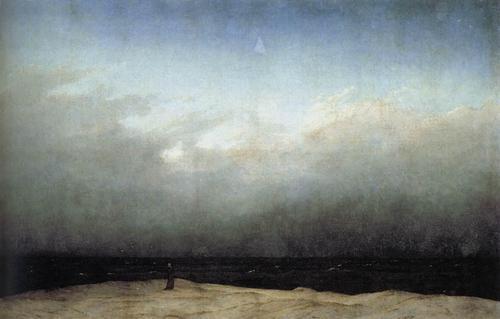Due to his astonishing eye for detail and impeccable taste, Dante Ferretti’s is one of the few production designers to receive credit his essential, pivotal, role in films. He has the ability to create a compellingly detailed visual landscape that successfully transports viewers into another time, place, world. Dante is such an inspirational figure as his renowned success in the world of cinema would not have been accomplished if it was not for his passion and love for creating. It is obvious that he finds great pleasure in creating these splendidly vivid pictures as they turn out to be magnificently poignant. It is no wonder that Fellini worked with him for sixteen years.
In my opinion, the famous Dante Ferretti, as Italian production designer, art director, and costume director for film, is the best in contemporary cinema. Besides Pasolini, Federico Fellini, Tim Burton, and Martin Scorsese, to whose work he is closely connected, Dante Ferretti has also worked with outstanding directors such as Terry Gilliam, Brian De Palma, Anthony Minghella, Franco Zeffirelli , Claude Chabrol and Neil Jordan. He won two Academy Awards for "The Aviator" by Martin Scorsese and "Sweeny Todd" by Tim Burton. Gianfranco Giagni has recently written a documentary that details Dante’s life from the origin of his career in Macerata, to his arrival in Cinecittà and finally his incredible success in the USA. I have a feeling that this film about Dante is going to be incredible and cannot wait to see it!!
One of the many things that Dante has said that sticks with me through my journey is his view of perfection and reality. I am on his same page on the subject and think it is incredibly important to remind ourselves, especially in our world where people strive for perfection, that it never has, and never will exist. Don’t we love those petite flaws , or quirks, that we find in our best friends, family members, lovers? We have all heard it numerous times but it is very true that we must not only embrace our flaws, but love them!
Dante so simply said,
"I always like to be close to reality - to my reality. For 'Gangs of New York' for example, taking place in the 19th Century, I did a lot of research, because I try not to invent. I load myself up with information and then start to bring all this together like a mosaic. My way to work is a bit like method acting. I try to put myself in the position of someone who lived in this period, an architect or a designer. I want to move inside this period and try to think like somebody who lived there. But at the same time it’s very important to make some mistakes, and to put something wrong. For me mistakes are the most important things. Because if you see a movie with perfect reconstructions this is boring. If you look around: Nothing is perfect in reality. As soon as you attach some mistakes, it looks real."
These are some of his drawings...
 |
| The Aviator |
 |
| Gangs of New York |
 |
| Gangs of New York |
 |
The sea of Dante Ferretti for Fellini (E la nave va) |












![[img_3774.jpg]](https://blogger.googleusercontent.com/img/b/R29vZ2xl/AVvXsEjNATO8XYcToBu6lvyXukxa0OOjZGOaJZkoTQFWkaG_0LK9ciQ3bK3YuHhLn0Gx2VZHwVQpz4FhFNgi-F-5jxSH4TyX7cX1ny45QgnRShDLbpSyW8NMPE2T-pjss0B2e52ZEWXJcS5L5vw/s640/img_3774.jpg)